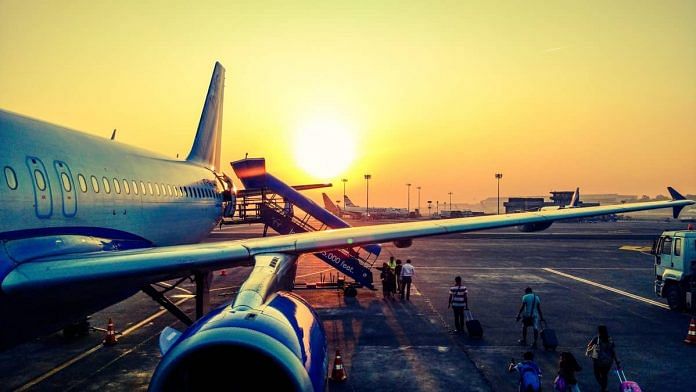Such technological advances are opening up new possibilities.
What can you do in 20 hours?
Watch all of the films in the Lord of the Rings and The Hobbit trilogies? Run an ultra-marathon? Learn a new skill, using business author Josh Kaufman’s guide?
Soon you’ll also be able to fly non-stop from London to Sydney or New York to Singapore, as global airlines race to offer 20-hour flights. Qantas says it’s aiming to unlock what it calls “the final aviation frontier” with direct flights from the east coast of Australia to London and New York by 2022. Singapore Airlines wants to connect Singapore and New York by the end of the year, covering 9,521 miles (15,323 km) in 19 hours.
So how do these ultra-long-haul flights work? And what do they mean for passengers?
Some clues can be found in the current flight schedule. In March 2018, Qantas completed the first scheduled non-stop flight between Australia and the UK flying 17 hours from Perth to London Heathrow.
To help passengers get to grips with ultra-long haul, the airline partnered with researchers at the University of Sydney to develop menus and lighting that aim to mitigate jet lag and boost “wellness in the air”.
Customers can choose probiotic-infused juices and herbal teas made from lemon verbena, chamomile and lemongrass, as well as dishes that aim to bolster hydration, with ingredients like cucumber, strawberries and celery.
A dawn of so-called ultra-long-haul flights comes as technological improvements make carriers lighter and more fuel efficient, changing the cost dynamics. Airbus’s Ultra Long Range (ULR) aircraft completed its first flight this year and has a range of 9,700 nautical miles and Boeing is also working on its own model.
To help it stay in the air for as long as 20 hours, Airbus’s aircraft has a modified fuel system with greater capacity, an aerodynamic design, carbon fibre wings and fuel-efficient engines.
Such technological advances are opening up new possibilities. At present the world’s longest route is Qatar Airways’ daily service between Doha and Auckland at more than 14,000 kilometres. The Qantas London-Perth flight is second and Emirates’ link between Dubai and Auckland comes third.
As it readies to push further into ultra-long haul, Qantas surveyed its most frequent flyers on what they’d like to do during their 20 hours, with options including a stretch zone, a communal bar, a crèche or a work section. While it did ask them to think about “change and refresh” areas, the strict weight limitations that will allow the aircraft to fly for so long are likely to prevent it carrying enough water for showers.
Ticket prices are likely to be a barrier for many passengers, with Reuters reporting that the most recently launched global non-stop flights cost about 20% more than those with a stopover. And when its New York-Singapore route launches in October, Singapore Airlines will only offer business and premium economy class seats.
Emma Charlton is a writer.
This article was first published on the World Economic Forum. You can read it here.




It makes more sense to take a short break after about eight hours of flying. Carrying so much fuel, even with advances in technology, adds to the cost.